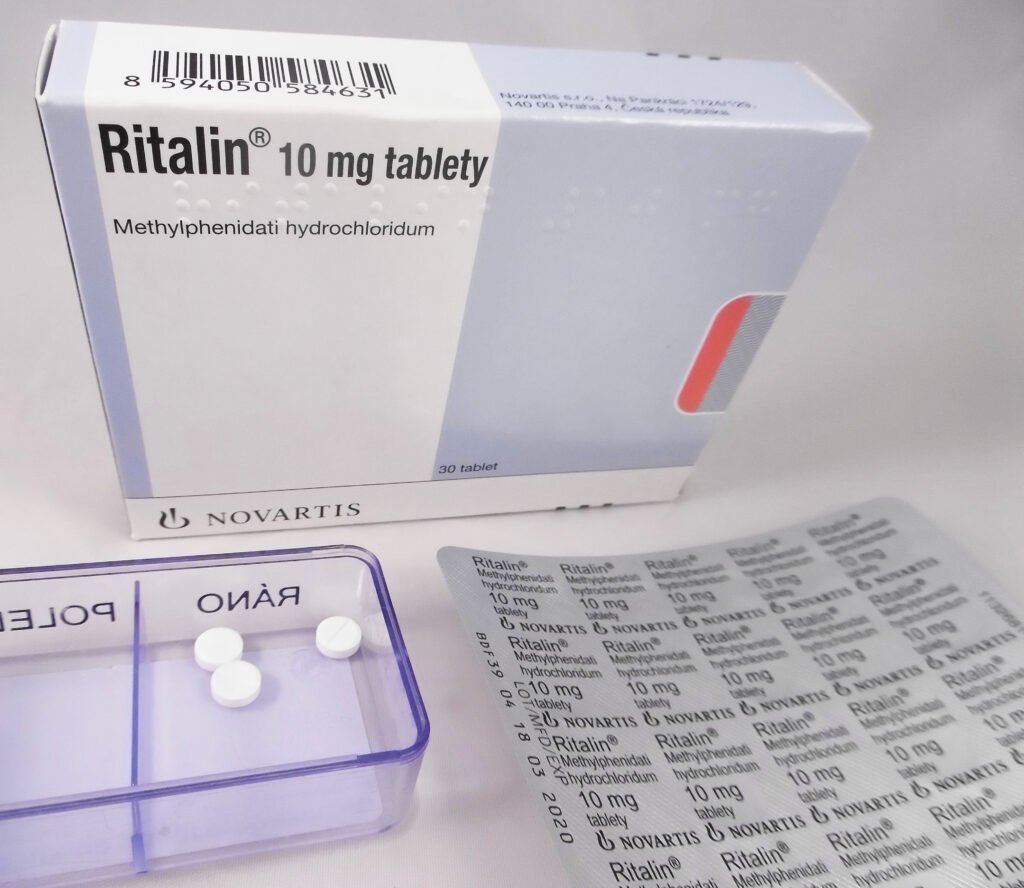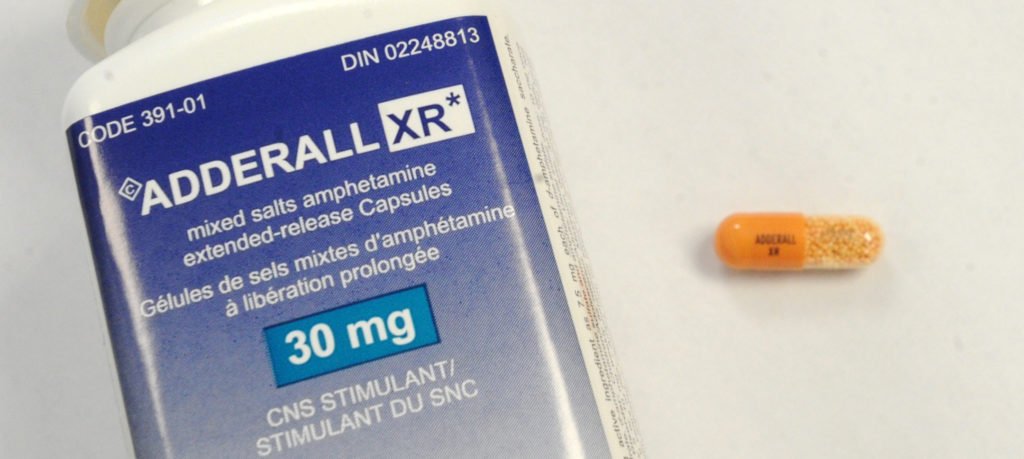Back pain, a prevalent and often debilitating condition, affects millions of individuals worldwide. When it comes to finding effective pain relief, Tapentadol, sold under brand names like Nucynta, has emerged as a promising option. This comprehensive guide delves into the use of buy Tapentadol Online for treating back pain, exploring its mechanisms of action, dosing guidelines, potential benefits, risks, alternatives, and considerations.
What is Tapentadol?
Buy Tapentadol Online, a potent opioid medication, is a prescription-only solution provided exclusively by qualified healthcare professionals. It serves as an invaluable resource in the management of severe and debilitating pain, often becoming the treatment of choice when other non-opioid pain relief options fall short or are unsuitable for the individual.
This medication’s remarkable efficacy in pain management is grounded in its unique properties. Tapentadol operates as a mu-opioid receptor agonist, effectively binding to specific receptors in the central nervous system. Through this mechanism, it exerts its powerful analgesic (pain-relieving) effects, bringing much-needed relief to individuals grappling with intense and persistent pain.
The careful administration of Tapentadol is essential, guided by a healthcare practitioner’s expertise. They consider factors such as the nature and severity of the pain, the patient’s medical history, and the potential for side effects when determining the appropriate dosage and treatment duration.
Forms of Tapentadol
Buy Tapentadol Online, a powerful pain-relieving medication, is primarily available in oral tablet form, with two distinct categories: Immediate-Release (IR) and Controlled-Release (CR) or Sustained Release (SR).
Immediate-Release (IR):
Tapentadol tablets are designed to act swiftly upon ingestion. They provide rapid pain relief, making them a suitable choice when immediate relief is essential. Typically, these IR tablets are prescribed for acute pain situations, such as post-surgical pain or breakthrough pain episodes.
Controlled-Release (CR) or Sustained Release (SR):
Tapentadol tablets offer a more gradual onset of action. They release the medication slowly into the bloodstream, providing extended pain relief over an extended period. This controlled-release mechanism makes CR or SR tablets ideal for managing chronic pain conditions that require continuous and steady pain management, such as certain forms of neuropathic pain or long-term musculoskeletal issues.
What is Tapentadol Used For?
Buy Tapentadol Online is a potent medication with a specific indication for the treatment of severe pain. It is important to emphasize that Tapentadol is not the first-line choice for managing chronic or long-term pain conditions. Its use is typically reserved for situations where alternative non-opioid medications prove inadequate in controlling pain or when patients struggle with intolerable side effects from other treatments.
The decision to prescribe Tapentadol should be made judiciously by healthcare professionals, considering the severity and nature of the pain, the patient’s medical history, and the potential risks and benefits. Chronic pain management often requires a multifaceted approach that may include non-opioid pain relievers, physical therapy, lifestyle modifications, and psychological support.
While Tapentadol can provide effective relief for severe acute pain, its long-term use can carry risks of tolerance, dependence, and addiction. Therefore, its administration should be closely monitored and periodically reassessed to ensure that it remains the most appropriate option for the patient’s pain management needs.
How Tapentadol Works
Buy Tapentadol Online exerts its analgesic (pain-relieving) effects by directly targeting opioid receptors within the central nervous system. By doing so, it disrupts the transmission of pain signals between the brain and the body, ultimately leading to a reduction in the perception of pain.
Possible Side Effects
Tapentadol, a potent opioid medication used to manage severe pain, can bring about various side effects. It’s essential to understand these potential adverse reactions, their risk factors, and how to manage them for safe and effective pain relief.
Risk Factors for Tapentadol Side Effects
Several factors can influence an individual’s susceptibility to Tapentadol side effects:
- Initial Usage:
When beginning Tapentadol treatment, the body may need time to adjust to the medication. This period poses a higher risk of experiencing side effects.
- Dosage Increase:
As the dosage of Tapentadol is raised to achieve adequate pain control, the likelihood of side effects can increase, necessitating careful monitoring.
- Age:
Older individuals may be more susceptible to certain side effects due to factors like reduced metabolic efficiency and altered drug processing.
- Pre-existing Lung Conditions:
Those with pre-existing lung problems, such as chronic obstructive pulmonary disease (COPD) or asthma, may face an elevated risk of respiratory side effects when using Tapentadol.
Common Side Effects of Tapentadol
- Constipation:
Opioid-induced constipation is a frequent side effect of Tapentadol and other opioids. It results from decreased gastrointestinal motility and can be managed with lifestyle modifications, dietary changes, or medications.
- Headache or Dizziness:
Some individuals may experience headaches or dizziness while taking Tapentadol. These side effects can affect daily activities and require caution, especially when operating machinery or driving.
- Fatigue or Drowsiness:
Fatigue and drowsiness can be common, particularly following a dose of Tapentadol. It’s important to avoid tasks requiring mental alertness, such as driving, until you know how the medication affects you.
- Loss of Appetite, Nausea, and Vomiting:
Gastrointestinal side effects like nausea, loss of appetite, and vomiting may occur. These symptoms can often be managed with anti-nausea medications and dietary adjustments.
- Respiratory Depression:
Although less common, respiratory depression is a severe side effect associated with Tapentadol and other opioids. It involves slow or shallow breathing, which can be life-threatening. This risk is higher in individuals with pre-existing lung conditions, those taking higher doses, or those misusing the medication.
Managing Tapentadol Side Effects
Effective management of Tapentadol side effects is crucial for safe and comfortable pain management:
- Dosage Adjustment:
If side effects become troublesome, your healthcare provider may adjust the dosage or switch to an alternative pain medication.
- Lifestyle Modifications:
Lifestyle changes, such as increasing fiber intake, staying hydrated, and engaging in regular physical activity, can help mitigate constipation, a common side effect.
- Anti-Nausea Medications:
If you experience nausea or vomiting, over the counter or prescription anti-nausea medications may be prescribed to provide relief.
- Safe Activities:
Be cautious when performing activities that require mental alertness, such as driving, while taking Tapentadol, especially if you’re experiencing drowsiness or dizziness.
- Respiratory Monitoring:
Patients, especially those with lung conditions, should be vigilant for signs of respiratory depression, such as slow or shallow breathing.
- Regular Follow-Up:
Scheduled follow-up appointments with your healthcare provider are essential to assess the effectiveness of treatment, monitor side effects, and make any necessary adjustments to your pain management plan.
Risks Associated with Tapentadol
Opioids, including Tapentadol, are potent pain-relief medications that can pose significant risks, including life-threatening breathing difficulties. Some additional considerations include:
Impaired Functionality:
Tapentadol may impair your ability to operate heavy machinery or drive. Caution should be exercised, especially if you have recently initiated opioid therapy or experienced a dosage change.
Kidney or Liver Impairment:
In cases of impaired kidney or liver function, your healthcare provider may determine that Tapentadol is not suitable for you. Other factors, such as alcohol consumption or concurrent use of medications that induce drowsiness, may also limit Tapentadol use.
Dependence and Tolerance:
Regular use of Tapentadol, even when adhering to prescribed guidelines for a short duration, can lead to dependence. Additionally, tolerance may develop, necessitating higher dosages to achieve the same therapeutic effect.
It is imperative to rely on the expertise of your healthcare provider to assess whether Tapentadol is the appropriate medication for your specific pain management needs, including dosage recommendations and guidance on discontinuation when appropriate.
Access to Overdose-Reversing Medication
Naloxone is a vital medication capable of temporarily reversing the effects of an opioid overdose. To enhance safety, the Australian Government offers naloxone free of charge and without the need for a prescription to individuals who may be at risk of experiencing or witnessing an opioid overdose. Explore the Take Home Naloxone program for more information.
Alternatives to Tapentadol
Pain management is a highly individualized process, and various pain relief medications may be more suitable in different circumstances. For some individuals, non-opioid medications may offer effective pain control with fewer associated risks and side effects. Always consult with your healthcare provider or pharmacist before making any adjustments to your medication regimen.
For individuals coping with chronic (long-term) pain, healthcare providers may recommend a multifaceted approach that includes:
- Physiotherapy
- Activity pacing
- Social activities
- Relaxation techniques
- Overall health management
For more information on managing chronic pain, please refer to additional resources available.
When to Seek Medical Attention
If your pain remains poorly controlled while taking Tapentadol or if you experience any new, unexpected, or unwanted side effects, it is crucial to consult with your healthcare provider. Effective communication with your healthcare team is essential in optimizing your pain management regimen.
Safe Disposal of Medicines
Proper disposal of unwanted opioid medications is a critical step in ensuring their safe handling. Unused medications should be returned to a pharmacy for appropriate disposal. Avoid retaining unused Tapentadol “just in case,” as this may lead to the potential for misuse, which can be dangerous.
Furthermore, keep Tapentadol securely out of reach of children and pets. Disposing of medicines in garbage bins or flushing them down toilets is hazardous to both individuals and the environment.
Conclusion
In the realm of pain management, especially for severe and debilitating conditions like back pain, Buy Tapentadol Online without prescription, sold under brand names like Nucynta, emerges as a powerful tool. This comprehensive guide has provided a deep dive into the world of Tapentadol, exploring its mechanisms of action, dosing guidelines, potential benefits, risks, alternatives, and important considerations.
Tapentadol, a potent opioid medication, is a prescription-only solution administered exclusively by qualified healthcare professionals. It proves invaluable in managing severe pain, often becoming the treatment of choice when other non-opioid options fall short or are unsuitable.
While Tapentadol remarkable efficacy in pain management stems from its unique properties as a mu-opioid receptor agonist, its use demands careful administration. Healthcare practitioners must consider various factors when determining the appropriate dosage and treatment duration, including the nature and severity of the pain, the patient’s medical history, and the potential for side effects.
Tapentadol comes in two primary forms: Immediate-Release (IR) for swift pain relief and Controlled-Release (CR) or Sustained Release (SR) for extended pain control. Its use is typically reserved for severe pain, as it’s not the first-line choice for chronic or long-term pain conditions.
The medication exerts its pain-relieving effects by directly targeting opioid receptors in the central nervous system, disrupting the transmission of pain signals, and reducing the perception of pain.











